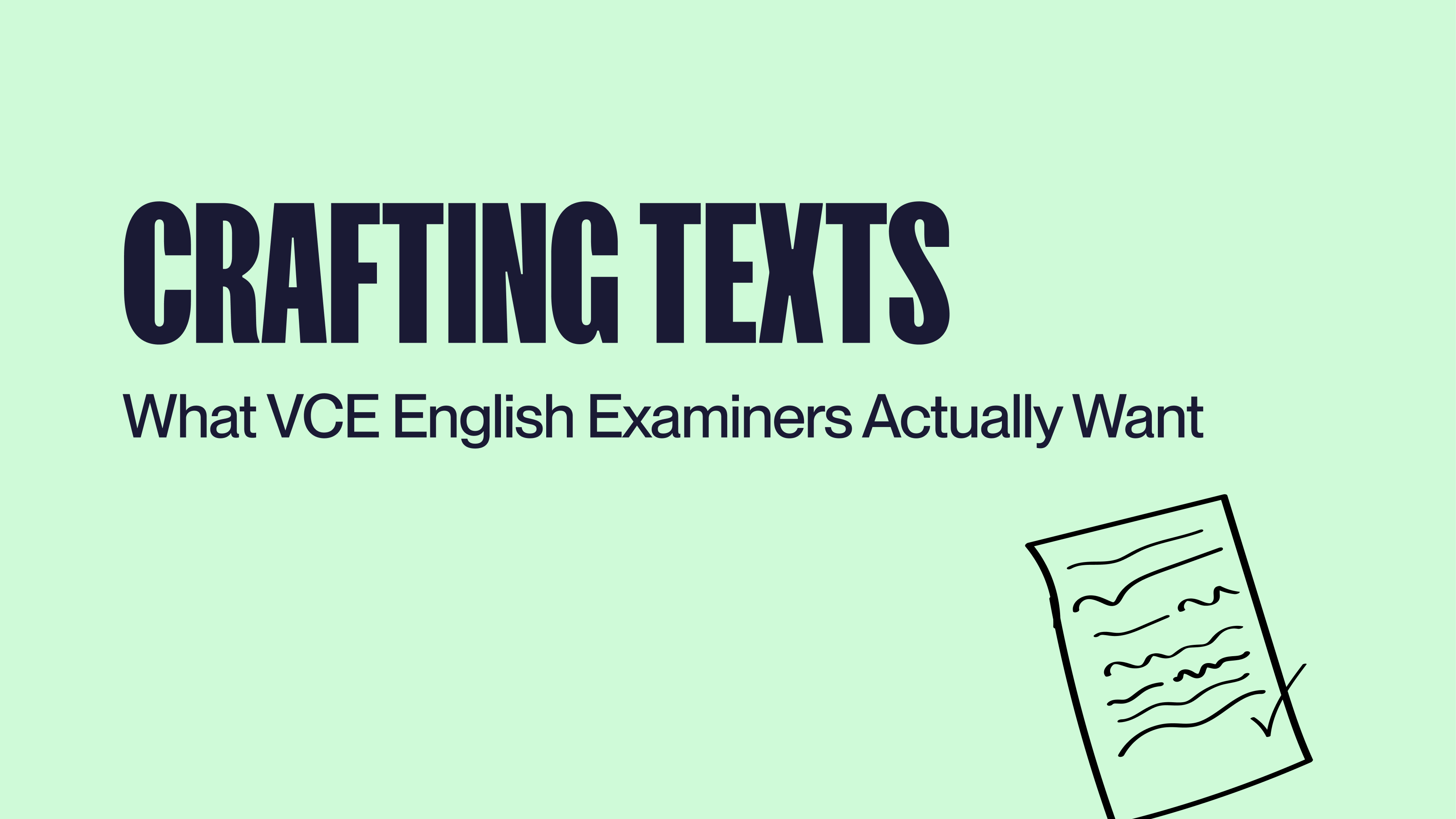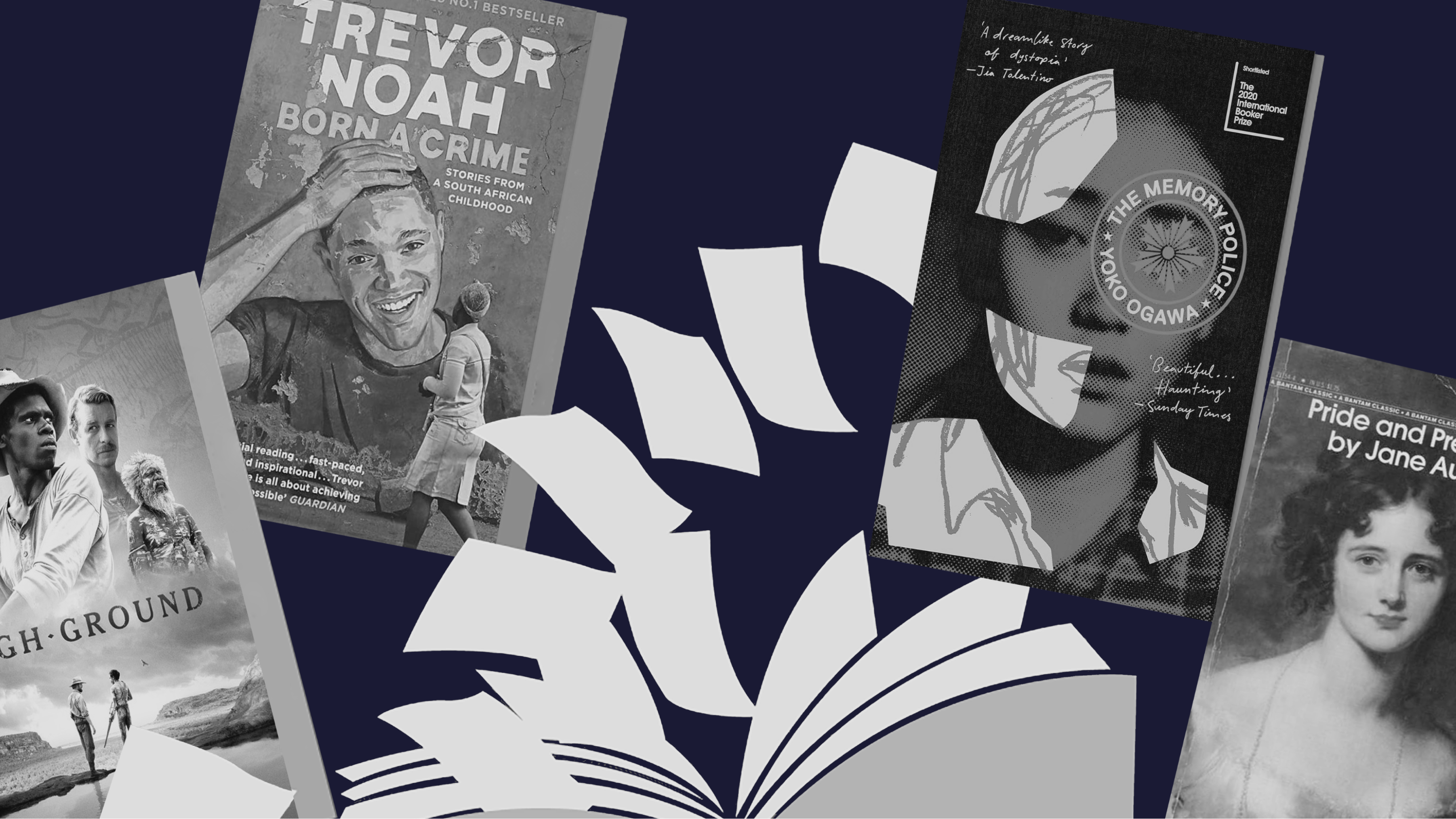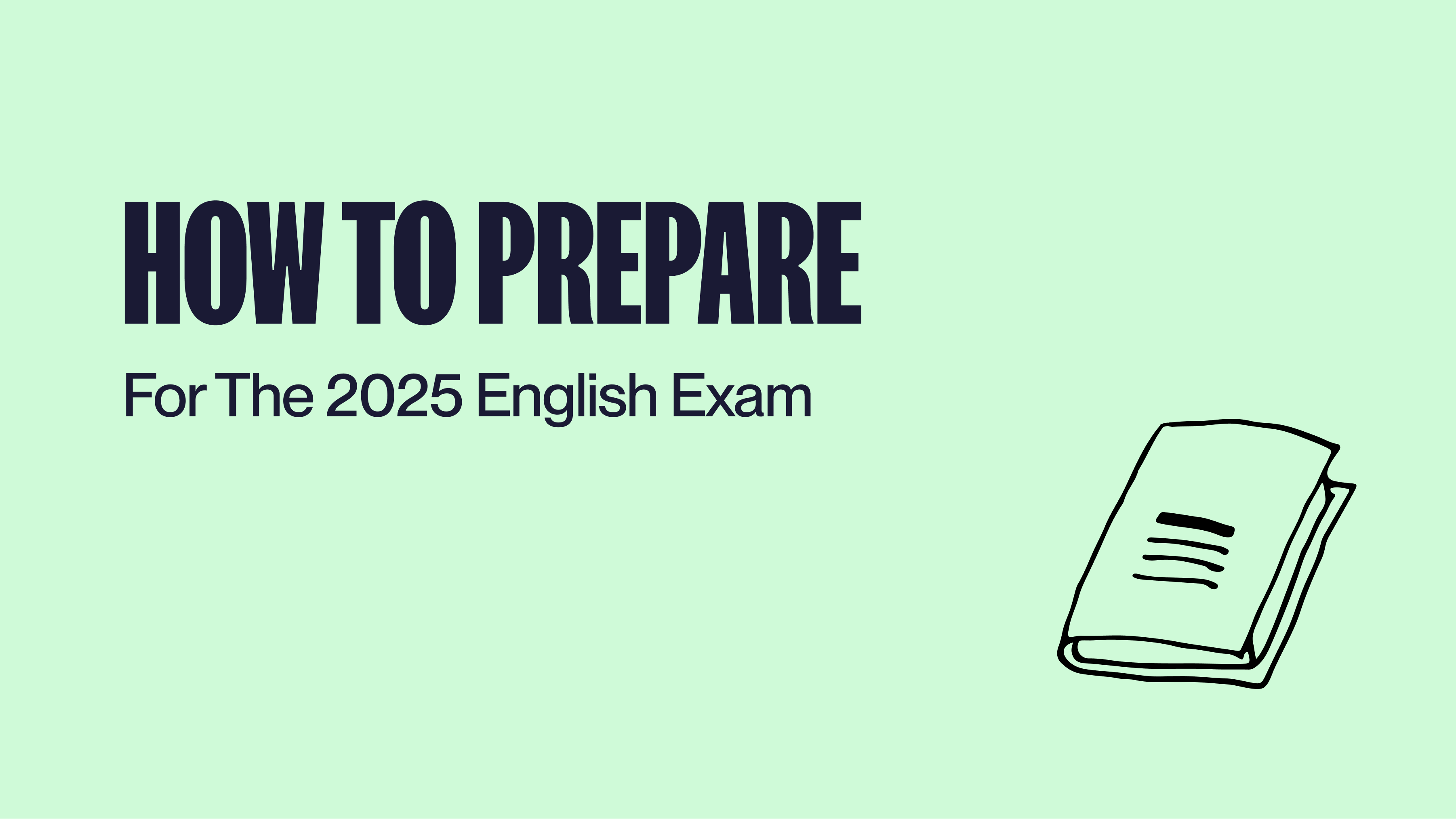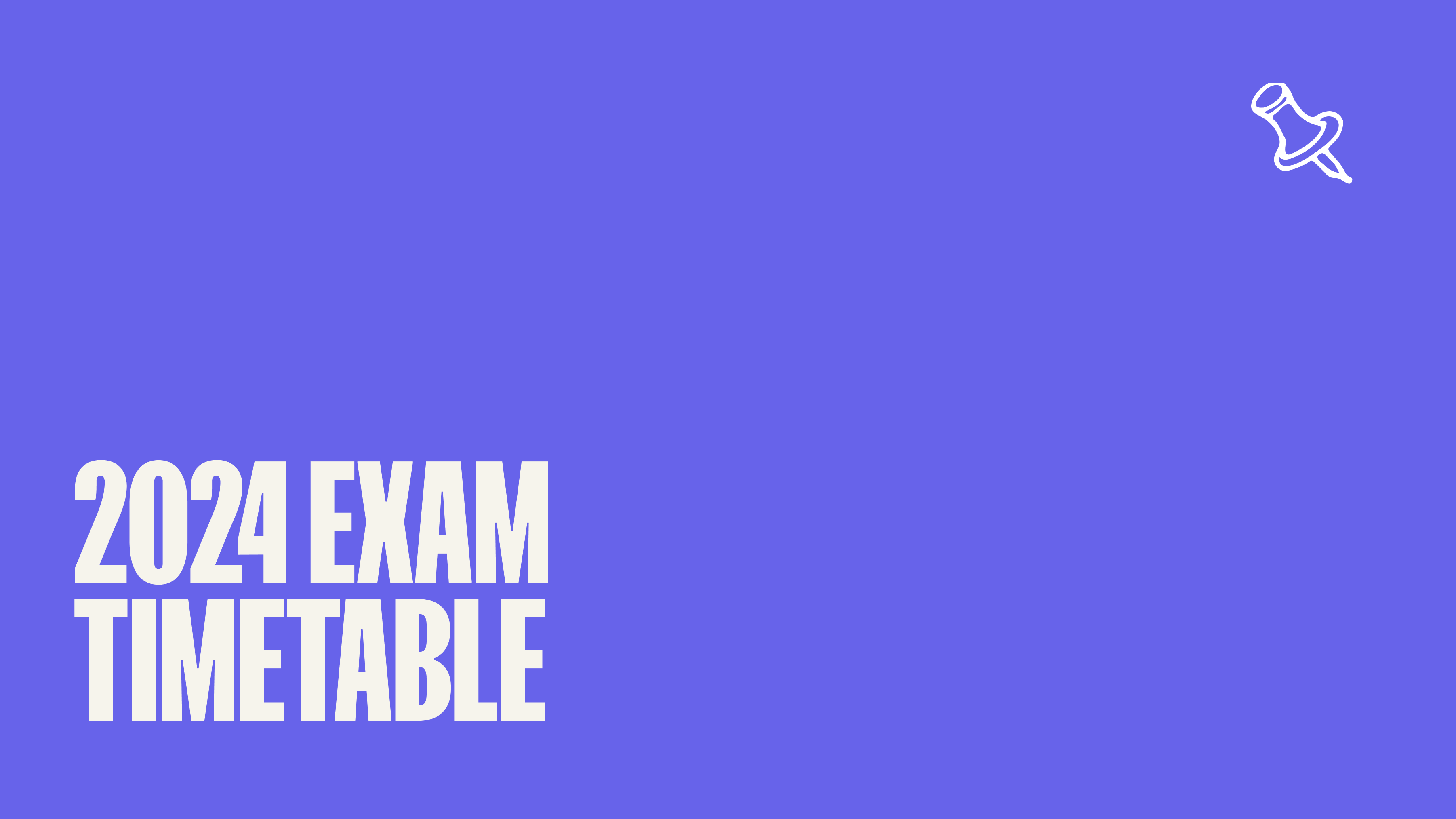
What VCE English Examiners Actually Want in Crafting Texts (2024 Exam Report Insights)
Over the recent months, you may have had a chance to look at the 2024 VCE English exam report – perhaps out of your own curiosity, or perhaps because you were shown by a teacher or tutor. This year, VCAA did an interesting new thing and actually provided examples of what they deemed to be high-scoring responses (or at least mid-scoring responses with high-scoring elements) for Part B – Crafting Texts.
This is potentially because it was a new syllabus, and so they felt they needed to give some examples of what they were apparently looking for. Let's break down VCAA's 2024 VCE English exam report together and see what tips and tricks we can pick up for VCE Crafting Texts success.
1. Establish a strong authorial voice from the start
A common thread between many of the pieces in the exam report is a strong authorial voice – this might have been something you might have noticed as feedback from your teachers throughout the year. Lots of the pieces have a distinct persona or character (especially the ones in first person), with the persona's background and context being established within the first few lines.
With your VCE Crafting Texts piece, try to make sure that your character is clear. Are you writing as yourself, memoir-style? Are you writing as a high school student? Or are you writing as a psychologist, writing a letter to a specific person? Experiment with your authorial voice.
2. Weave in symbols, extended metaphors and imagery
Many of the pieces in the VCE English exam report feature detailed and rich use of metaphor and imagery. This includes the use of motifs, especially throughout narrative pieces – is there a way that you can include a particular object or symbol at the start of your piece that then demonstrates a certain growth or change in the narrator?
Or can you use a certain metaphor to represent a larger issue? A good example of this is Example 1, which establishes in its very first sentence:
"My country is a land sewn together by connections. A patchwork quilt of fenced-off paddocks, connecting on the edges to make patterns across acres of rural land."
Here, the land is described throughout the metaphor of a patchwork quilt and through the overall imagery of sewing and fabric. Later, throughout the piece, the student will use the imagery of cutting and ripping apart threads to describe the impact of colonisation on the land.
3. Don't be afraid to experiment with form
There are a wide variety of text types in the VCE Crafting Texts exam report. While it's important to note that you are not allowed to write song, poetry or verse, almost anything else goes, from a traditional narrative to a letter, to a speech delivered in a certain place and time.
One of the notable examples from the exam report is Example 2, where the student has used the form of a recipe to describe the steps for ‘cooking’ protest. In doing so, the student has been able to embed an interesting commentary on the predictable nature of protest – if you have the right ingredients and the right steps, protest will inevitably happen.
No matter what text type you choose for your VCE English creative writing, make sure you think about your reason for doing so. Does that particular text type allow you to explore a specific idea? Could you have written it in a different text type instead? While unique text types can net you marks, it's also important to note that you shouldn't do a strange text type just for the sake of it.
4. Integrate the title as your central element
Firstly, it is important that you include both the title and the stimulus in your VCE Crafting Texts response, and that you make natural connections to incorporate both into whatever prepared material you bring into the exam. Students who made extreme stretches to include the title or stimulus in ways that seemed convoluted or forced lost marks.
That being said, it seems that if you were to prioritise one of the two, it should be the title. Mentioning the title frequently, and including it as a core element of your story should be a top priority. In contrast, it seems that including the stimulus once or twice as a less central image in your story will be enough to satisfy the VCE English assessors.
5. Authentic teenage voices resonate with examiners
There were many memoir-style pieces in the VCE English exam report this year. This means realistic pieces that were written from the perspective of high-school students, often reading as being inspired by real events. There were no examples of genre fiction like fantasy or sci-fi stories (which I'm still bummed about!), and many students limited the number of characters in their stories to one or two, meaning that many stories ended up being more reflective, or thought-driven rather than plot-driven. While it might not be that these pieces are the only pieces you can do, these seem to be received well by assessors under exam conditions.
6. There are no rules!
Finally, remember that creative writing is creative for a reason! As long as you're responding to the framework and the prompts, you can choose to write whatever you like, as long as you're feeling like you're creating something that you're passionate about with a strong message and purpose. Passion will always shine through in the VCE English exam, so don't worry too much if you're having trouble with this overly formulaic approach.
Need help mastering VCE English Crafting Texts? Our experienced tutors provide personalised guidance for VCE English, Literature and EAL students across Melbourne.



